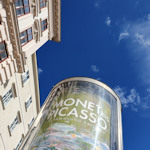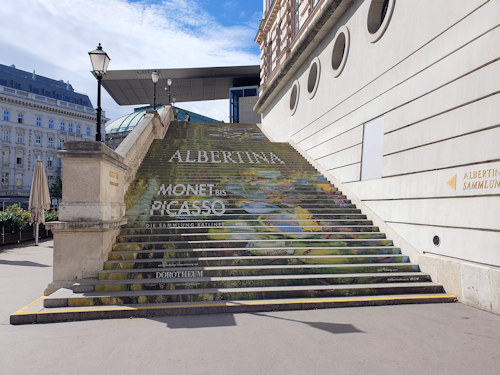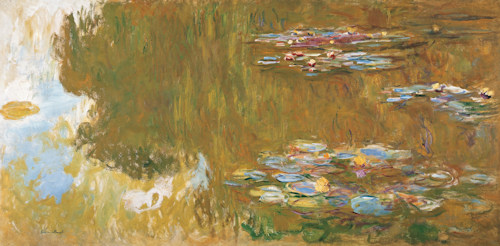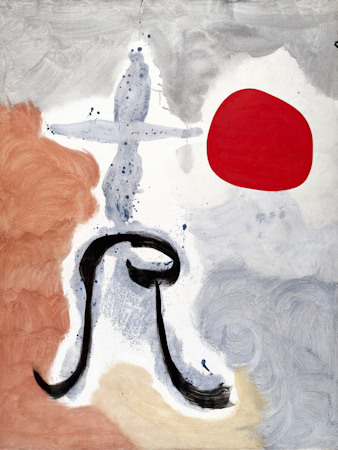
The Albertina’s excellent permanent art exhibition has occasional guests but draws mainly on the museum’s archives and the Batliner collection (on permanent loan).
- Various eras and genres from French impressionism onwards
- Includes many of European art’s great names
- Monet, Munch, Magritte, Matisse, etc.
- Actual contents may change as the Albertina expands its collection and modifies displays
- Book Albertina tickets*
- See also:
Monet to Picasso

(The steps often change to reflect a new exhibition)
The Albertina puts on some pretty special temporary exhibitions, but they’re hard pressed to beat the myriad of masterpieces in its permanent display.
Even those (like me, once upon a time) who think Alberto Giacometti is a famous football player can become quite awestruck by the names of the artists on show.
(In my defence, a John Giacometti once played for the Australian national team.)
The exhibition begins with Impressionism and takes you through themed rooms on a broadly chronological journey, with a focus on Europe and bonus topics like New Objectivity in Austria.

(Claude Monet; Der Seerosenteich, 1917-1919; Öl auf Leinwand © Albertina, Wien. Sammlung Batliner)
These themed galleries present works by such names as (deep breath) Picasso, Monet, Sisley, Cézanne, Degas, Renoir, Matisse, Kandinsky, Munch, Miró, Gauguin, Chagall, Modigliani, Magritte, Bonnard, Nolde, Kokoschka, Klee, Schiele, Toulouse-Latrec…the list goes on.
Consider it a place to bathe in the creativity of European art from the end of the 19th century into more modern times. And a chance to follow artistic excursions and evolutions into new areas and eras.
If Fauvism and painters like Selacek are new to you, for example, this is your chance. I have a particular fondness for the latter’s darker works, though that might just be the times we live in.
Picasso actually had a whole gallery to himself on my last visit. As did Schiele: a man who clearly believed you can never have enough self-portraits.
However, expect variations in the displays, depending when you visit. Though you’ll always find big names present.
That quality offers a sense of certainty when considering whether to visit the Albertina or not.
Should the current special exhibitions fail to appeal to your tastes, you still get your money’s worth from a ticket* through what we might call the “big name guarantee”.
Not to mention the other aspect of any entrance ticket: a self-guided tour of the historical staterooms in the same building.
The uncluttered, well-lit Albertina galleries make viewing the works of art (mainly paintings, but also sculptures, for example) a delightful and informative experience.

(Joan Miró, Frau vor der Sonne, 1949; the ALBERTINA Museum, Vienna – The Batliner Collection | © Succession Miró / Bildrecht, Wien 2023)
Fairly detailed labels in German and English accompany much of what you see and describe the characteristics and context of the works.
The information often includes biographical details of the artist, too. So the exhibition has much to offer those of us still learning about genres and individuals in the art world.
This level of detail also means you don’t need an audio guide to enjoy the works and understand their interpretation and relevance. However, the audio content does, for example, let you dig deeper into the history and meaning of selected pieces.
It’s almost unfair to pick out single exhibits from what is essentially a collection of art jewels. By doing so, I’d likely only expose my ignorance anyway.
But time spent looking at Monet’s The Water Lily Pond has to be time well spent, no?
For broader tips on visiting the Albertina, check out my overview article.